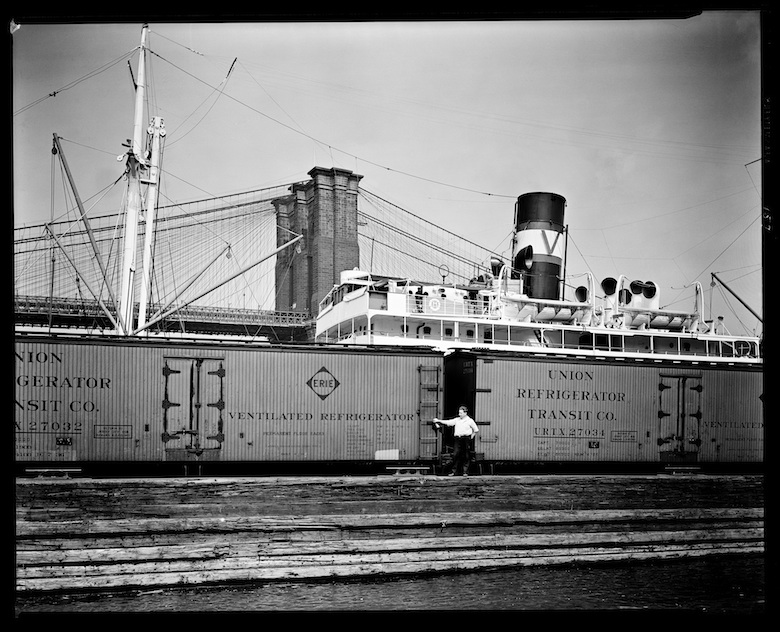 During the sweltering summer months, New Yorkers rely on simple pleasures to maintain their sanity, whether a chilled pint of beer or a frosty pint of ice cream. As unassuming as these indulgences may be, they became available only after the advent of groundbreaking technology: modern refrigeration.
During the sweltering summer months, New Yorkers rely on simple pleasures to maintain their sanity, whether a chilled pint of beer or a frosty pint of ice cream. As unassuming as these indulgences may be, they became available only after the advent of groundbreaking technology: modern refrigeration.
For centuries, every summer was a citywide struggle against the constant threat of food spoilage. Ice, harvested from the Hudson River in January and February, was stored in well-insulated warehouses upstate and sold all year long to housewives, restaurateurs, grocers and anyone else who needed to keep food cold. Ice companies would lose a third of their annual haul to summer’s heat, but even still peddling ice was profitable—without it, milk and meat went bad within hours.
With the rise of the railroads in the 1850s, entrepreneurs packed boxcars with ice to transport perishable foods long distances. This rudimentary refrigeration meant farm-fresh New England butter could be shipped to New York City and arrive solid and sellable. In turn, Fulton Street’s famous fish were exported to landlocked markets.
But these ice-filled railroad cars were both inefficient and unreliable. It was nearly impossible to maintain a consistent temperature, and perishable goods could only be shipped so far before the ice melted away like a sno-cone in the sun. Furthermore, the ice harvest was unreliable. A mild winter could prompt panic amongst the city’s ice mongers; one unseasonably warm January, they seriously considered Arctic icebergs.
Enter mechanical refrigeration—which relies on chemicals instead of ice. The first railroad cars to use this technology, developed in the 1870s, would forever change the way the city ate. Perishable foods could now be safely shipped thousands of miles and exotic and out-of-season foods quickly became commonplace. The first refrigerated train carrying Florida oranges reached New York City on March 30, 1888. Lemons and lettuce from California soon followed, as did Georgia peaches. It was like the local food revolution in reverse.
Of course, this distant-grown produce was outrageously expensive—a box of fresh spinach could cost as much as $20 in today’s dollars. But for discerning diners, such exorbitant ingredients were a symbol of status. In 1902 the New York Times noted that refrigerated railroad cars had rendered the phrase “out of season” practically meaningless.
Photo by Berenice Abbott. Waterfront from Pier 19, East River. August 12, 1936. Museum of the City of New York Photography Collection.



